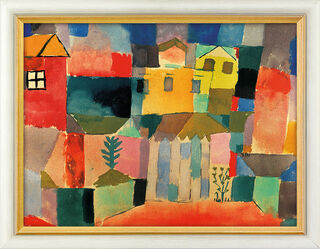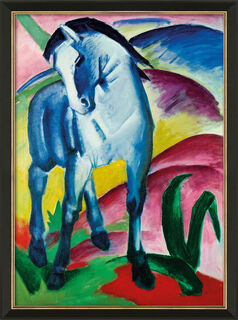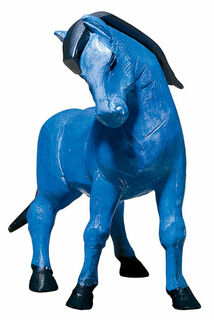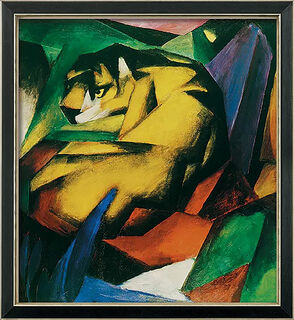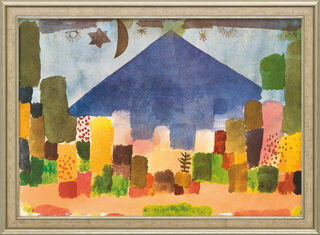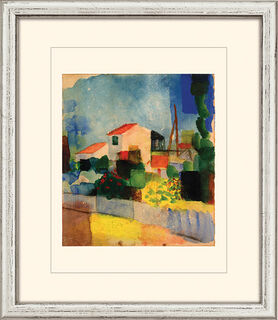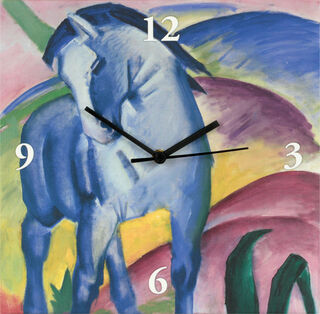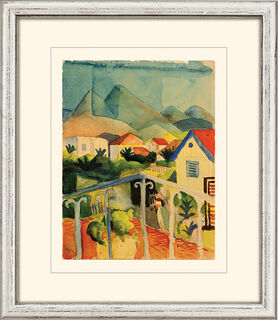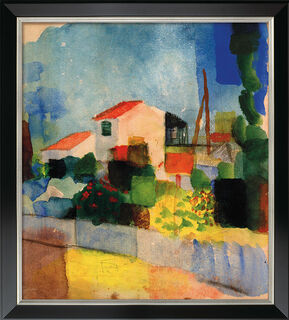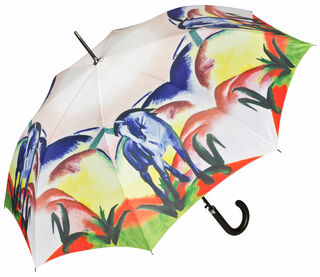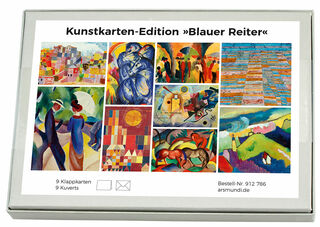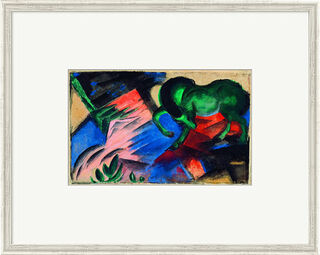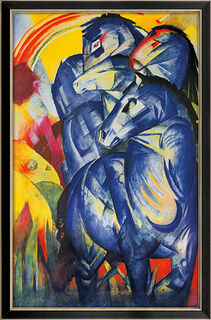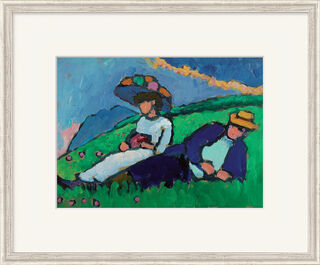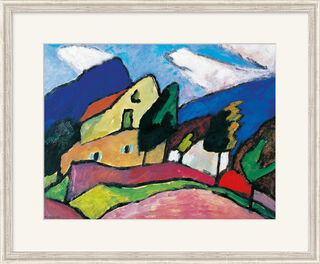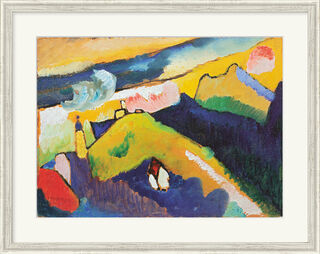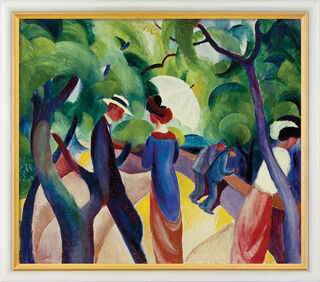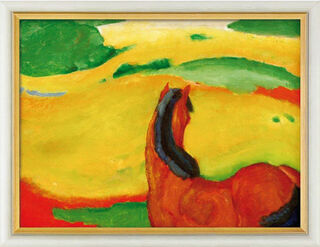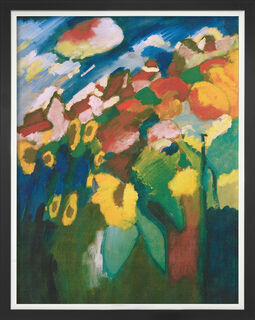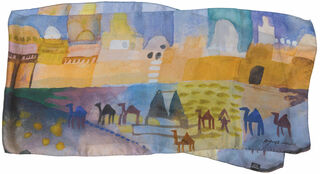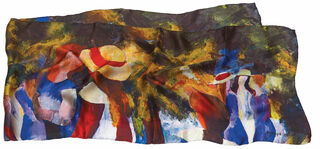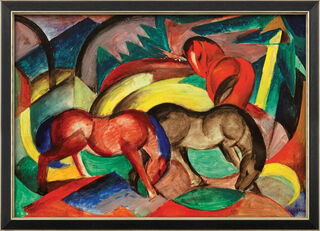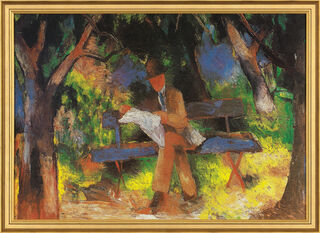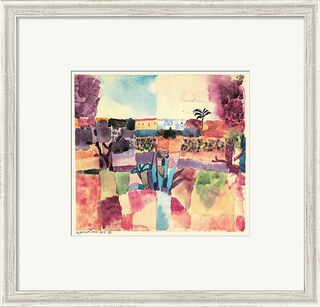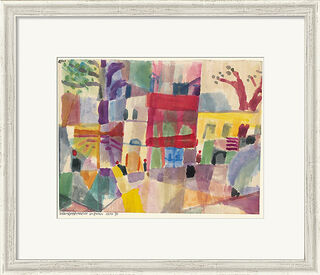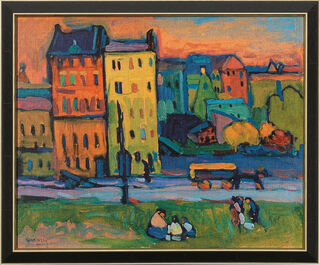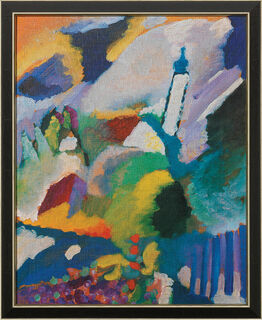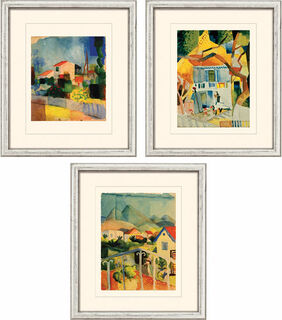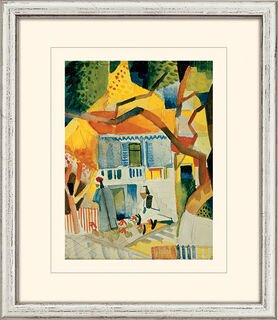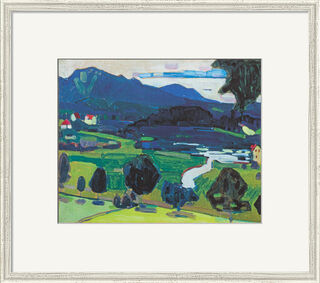At the beginning of the 20th century, several young artists, including Franz Marc, Wassily Kandinsky, Gabriele Münter, August Macke and Paul Klee, united with the desire to renew art and formed the innovative art movement called "Der Blaue Reiter" (The Blue Rider) in Bavaria. The art movement paved the way for Modernism in Germany and later achieved world fame. The group criticised the prevailing artistic canon as too academic and elitist, advocating for more openness and diversity. In their artistic form concept, the artists departed from Realism and painted expressively with bold colours, increasingly moving towards abstraction. Kandinsky wrote programmatically: "We should never make a god out of form...it is not form, matter, which is generally most important, but content, spirit." In 1912, Marc and Kandinsky explained the theory of this new artistic concept in detail in the almanac "Der Blaue Reiter". According to Kandinsky, the idea for the name came about as follows: "We made up the name ‘The Blue Rider’ over coffee in the leafy garden at Sindelsdorf. Both of us loved blue, Marc –horses, I –riders. So, the name came naturally."
The group disbanded in 1914 at the beginning of the First World War.
The artists of the "Blaue Reiter" produced numerous world-famous works that continue to inspire a large audience today.

